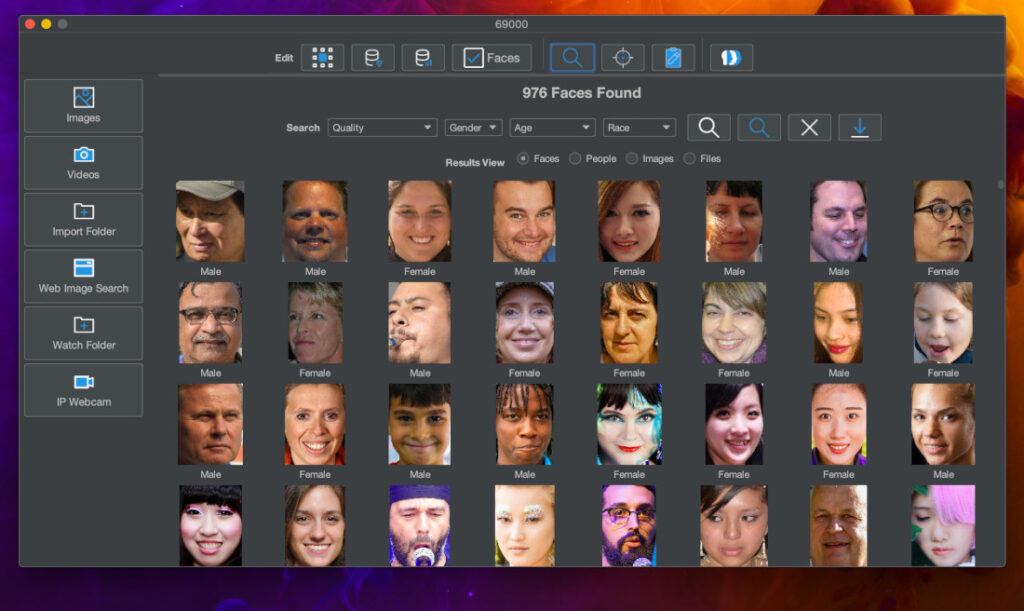
In recent years, facial recognition technology has made significant strides, becoming a vital tool in various fields, including law enforcement, access control, and marketing. One area where this technology has shown immense potential is cyber forensics, where it can aid in enhancing security and streamlining investigations. In this blog post, we will explore the role of facial recognition in the cyber forensics field and discuss its benefits and potential drawbacks.
How Face Recognition Works in Cyber Forensics
Face recognition systems analyze the unique features of a person’s face, such as the distance between the eyes, the shape of the cheekbones, and the width of the nose, to create a mathematical representation called a facial signature. This signature can then be compared to those in a database to identify an individual or verify their identity.
In cyber forensics, facial recognition technology can be used in several ways:
- Digital Evidence Analysis: Investigators can use facial recognition to analyze digital evidence, such as images and videos, to identify suspects or victims. This process can help streamline investigations by narrowing down potential leads and providing crucial information about the individuals involved in a case.
- Data Breach Investigations: In cases of data breaches or unauthorized access to secure systems, facial recognition can be employed to identify the perpetrators, particularly if they have been captured on surveillance footage or have used their image in some way during the breach.
- Enhancing Security Measures: Facial recognition can be integrated into security systems to prevent unauthorized access to sensitive data and systems, ensuring that only authorized personnel can gain entry.
Benefits of Face Recognition in Cyber Forensics
There are several advantages to using facial recognition technology in the field of cyber forensics:
- Speed and Efficiency: Facial recognition can quickly analyze and match facial features, significantly reducing the time required to identify individuals and verify their identities.
- Non-Intrusive: As a passive biometric identification method, facial recognition does not require physical contact, making it a more convenient and non-intrusive option compared to other biometric methods like fingerprint scanning.
- Scalability: Facial recognition systems can be easily scaled to handle large databases and can process multiple images simultaneously, making it suitable for handling extensive datasets often encountered in cyber forensic investigations.
Conclusion
Face recognition technology has the potential to revolutionize the field of cyber forensics by streamlining investigations and enhancing security. However, it is essential to address the ethical concerns and potential drawbacks associated with its use. As the technology continues to evolve, it will be crucial to establish clear guidelines and regulations to ensure that facial recognition is used responsibly and ethically in the world of cyber forensics.